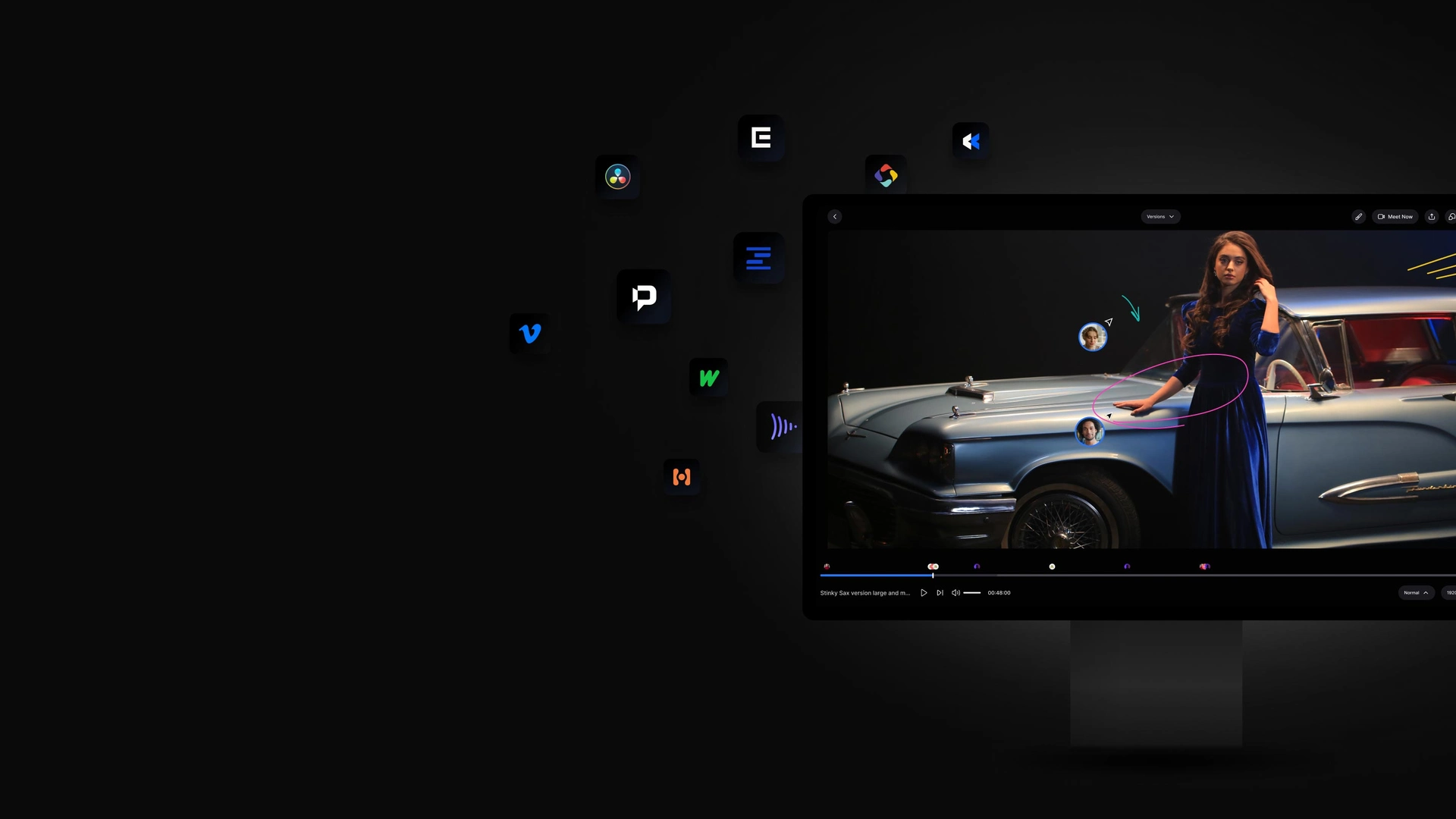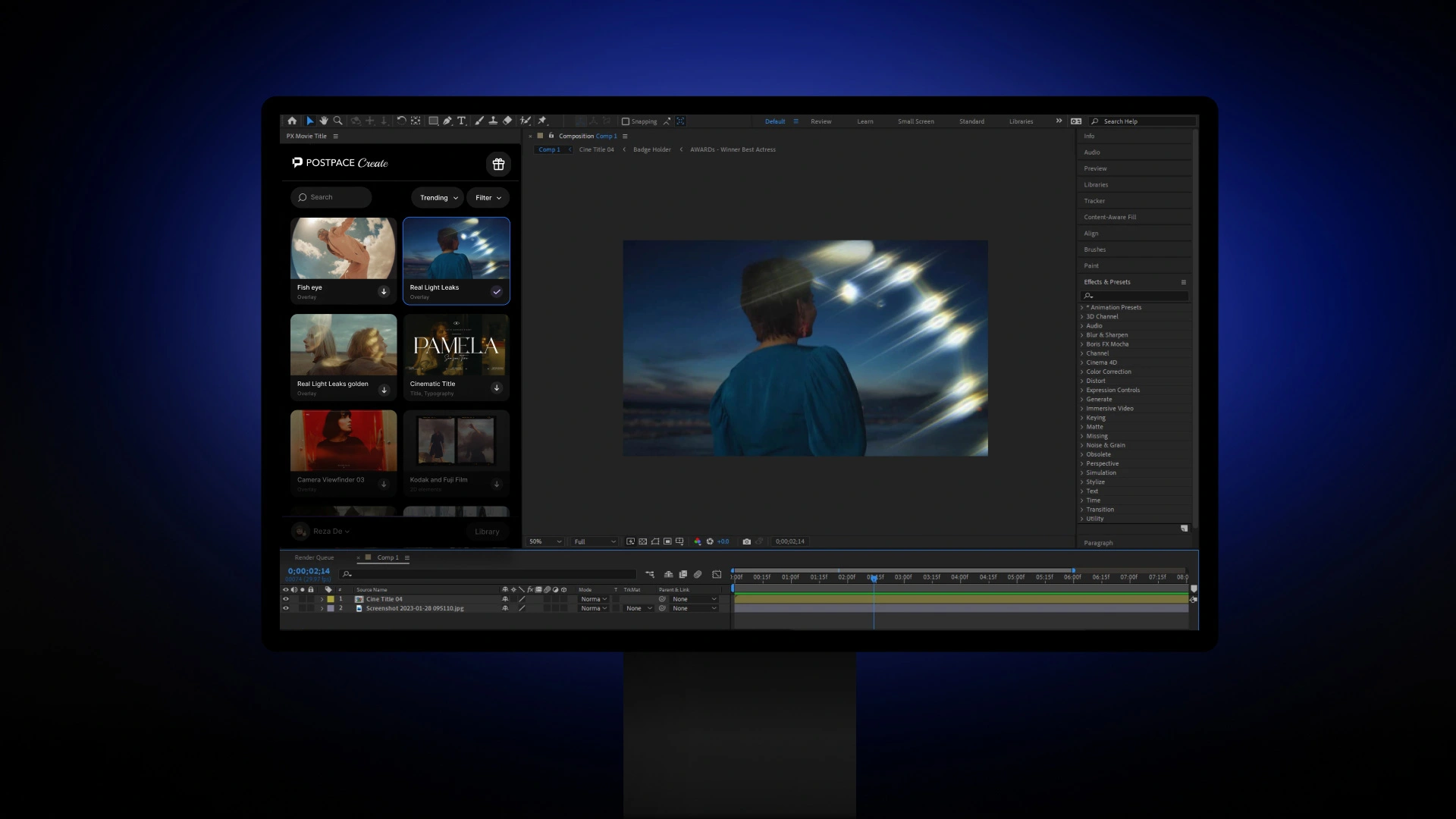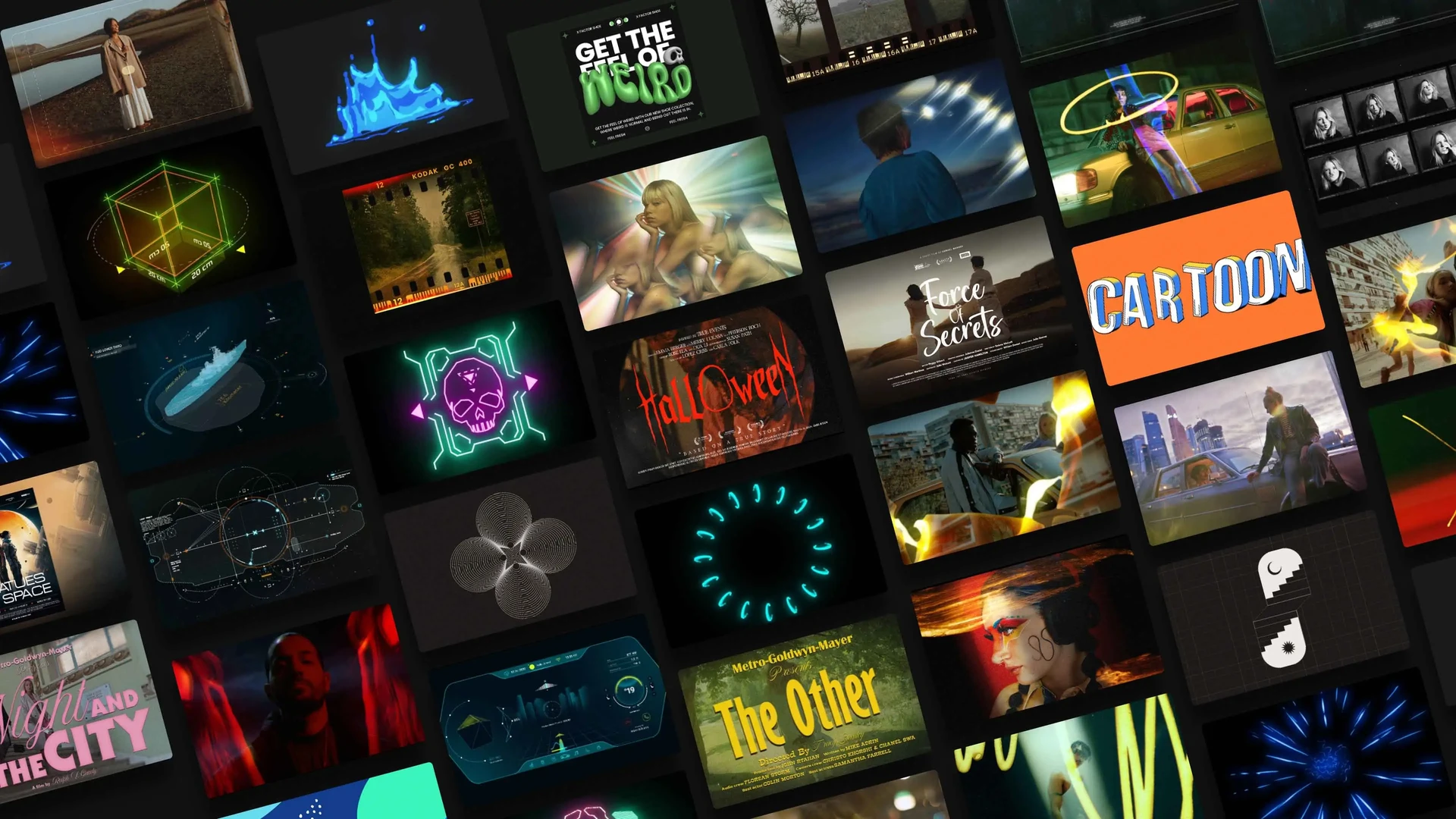How We Define Color
Like any other phenomenon in the world, colors have an essence, something that has created all the colors we can see around us today. Well, it’s Red, Green, and Blue -known as RGB- that can create all the colors. Combining these colors in millions of ways gives us the possibility of experiencing this magnitude in the world of colors. To know colors more accurately, the best way that mathematicians suggest is to know a color not only by its name but also by the percentage of the RGB color space that creates it. So this assures creatives that they’re creating the exact color that they want as they deal with numbers, not they’re own perception of colors.
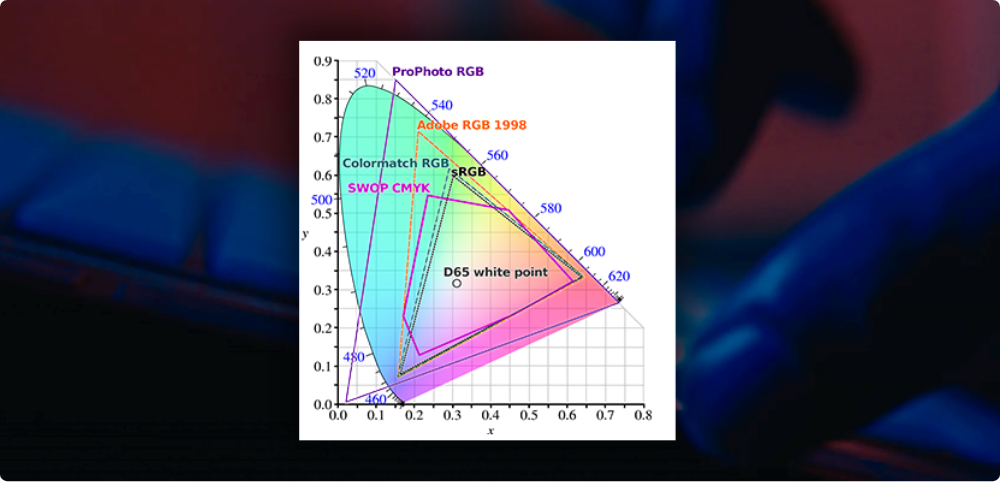

sRGB
Adobe RGB
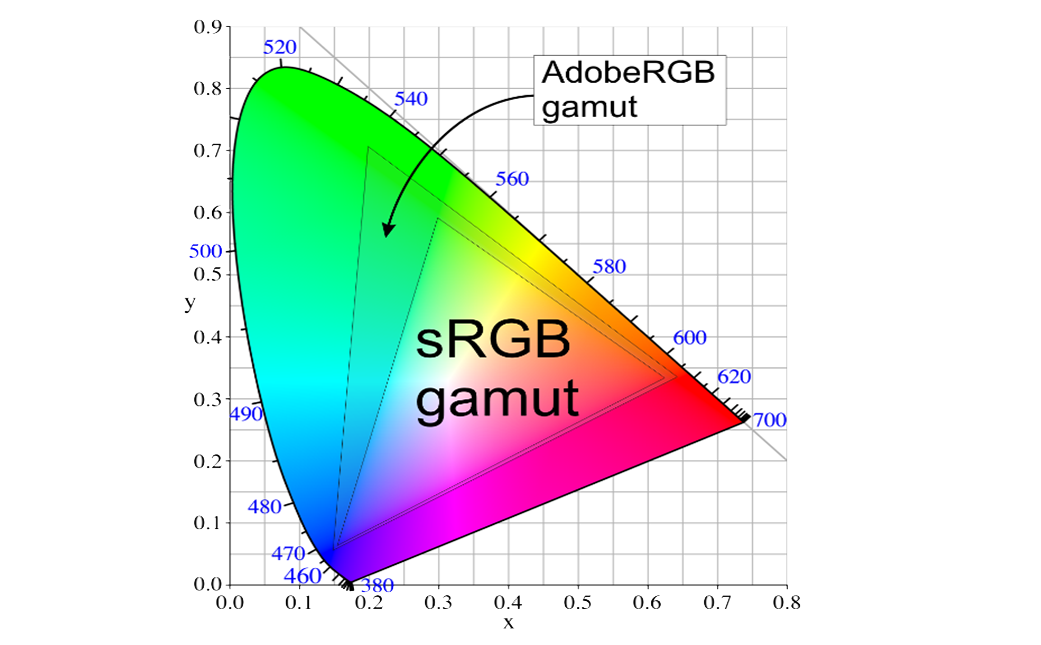
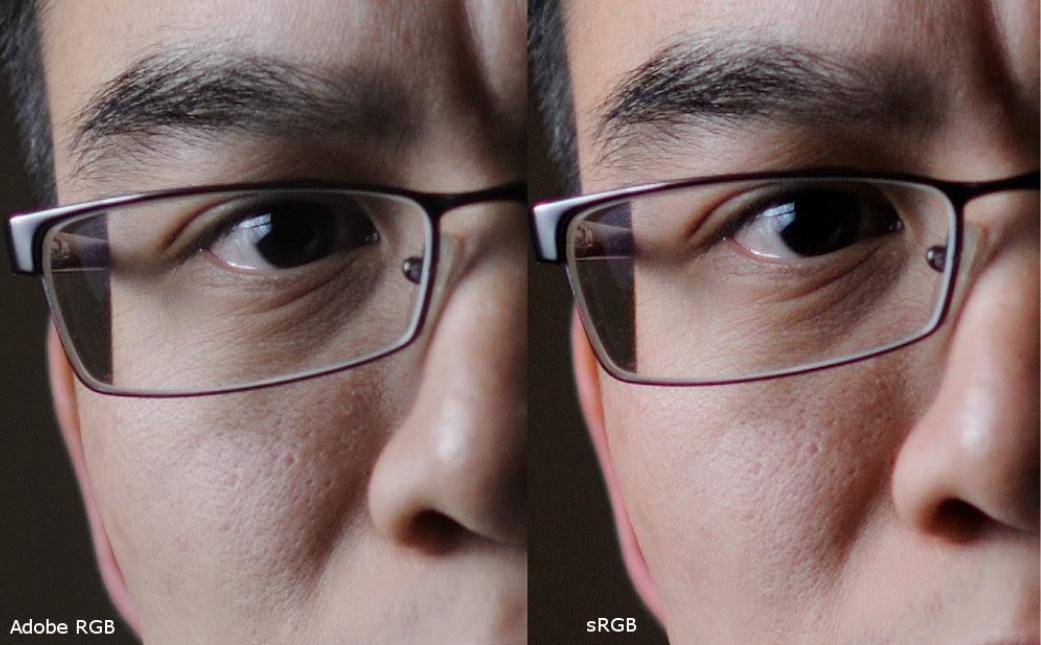
CMYK
CMYK is a color space that is based on Cyan, Magenta, Yellow, and Key (which is literally black) and is created for printers. A printer combines CMYK colors on different levels to create the exact color and translate it into the physical ink. The strategy of combination that is used in printers using CMYK is called Subtractive which means starting from blank white and reducing the brightness to create the color, instead of Additive mixing that starts from black and adds colors later on. We use subtractive coloring in print because the base which is the paper is white, and Additive coloring for monitors because its origin is a black screen.
So if you use Adobe RGB you will have more range of colors on your printed picture that you couldn’t have on your monitor and that’s why we recommend Adobe RGB for printing. You can also use sRGB for printing and that’s gonna be ok but generally, It’s better to look for the technical details of the printer you use before all that, as there are differences between them and there might be some printers that work better with sRGB.
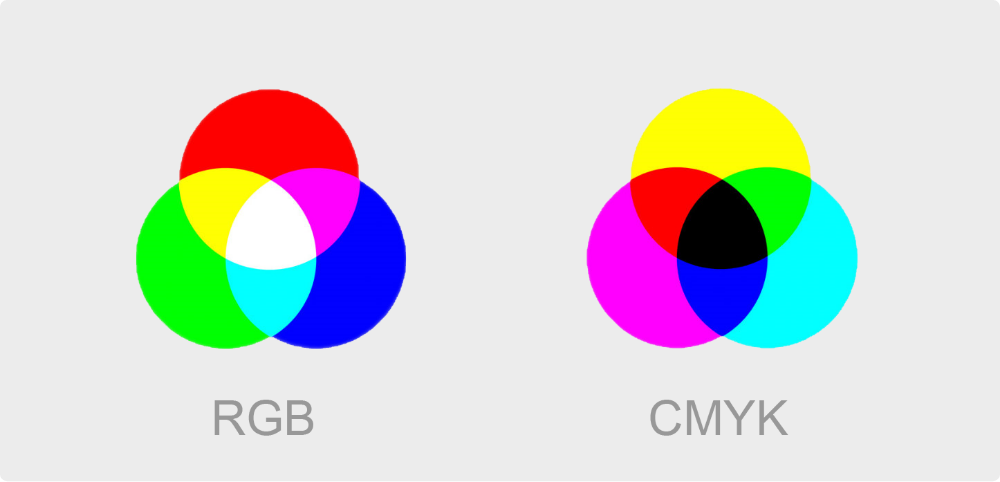
All in all, taking colors strictly into consideration gets your work into another dimension and gives you more options to have your own style to create and publish. Try to get the hang of the color spaces and their differences and always think of the range of colors you need alongside your device limitations and the purpose of the production which is for showing online in displays or it’s for printing purposes like magazines and posters. So, get colorful!!
